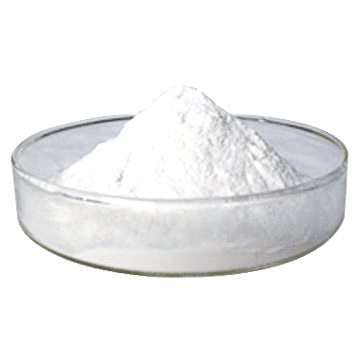| Message: | Product Name Oxytocin Acetate
Sequence
Cas No. 50-56-6
Molecular Formula C43H66N12O12S2
Molecular Weight 1007.2
Purity (HPLC) 98.0%min.
Appearance? White powder
Single Impurity(HPLC)? 1.0%max
Amino Acid Composition? ±10% of theoretical
Peptide Content(N%) ?≥80.0%
Water Content(Karl Fischer)? ≤6.0%
Acetate Content(HPIC) ≤12.0%
MS(ESI) Consistent
Mass Balance? 95.0~105.0%
Description:
Oxytocin (Oxt) is a mammalian neurohypophysial hormone. Produced by the hypothalamus and stored and secreted by the posterior pituitary gland, oxytocin acts primarily as a neuromodulator in the brain.
Oxytocin plays an important role in the neuroanatomy of intimacy, specifically in sexual reproduction of both sexes, in particular during and after childbirth; Its name, meaning "swift childbirth", comes from Greek, oksys "swift" and, tokos "birth. " It is released in large amounts after distension of the cervix and uterus during labor, facilitating birth, maternal bonding, and, after stimulation of the nipples, lactation. Both childbirth and milk ejection result from positive feedback mechanisms.
Application:
Injected oxytocin analogues are used for labor induction and to support labor in case of difficult parturition. It has largely replaced ergometrine as the principal agent to increase uterine tone in acute postpartum hemorrhage. Oxytocin is also used in veterinary medicine to facilitate birth and to stimulate milk release. The tocolyticagent atosiban (Tractocile) acts as an antagonist of oxytocin receptors; This drug is registered in many countries to suppress premature labor between 24 and 33 weeks of gestation. It has fewer side effects than drugs previously used for this purpose (ritodrine). |
 my account
my account
 log out
log out
 my account
my account
 log out
log out
